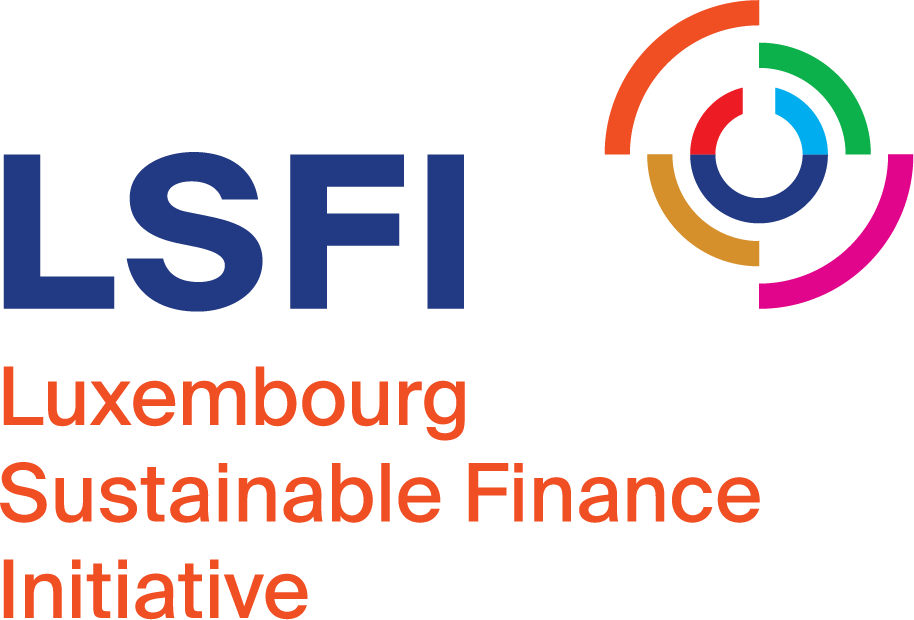For the past few years, the EU, alongside other jurisdictions around the globe, has been intensively working on packs of regulations to redirect financial flows towards sustainable economic activities.
Finance being in great part a cross-border activity, how can these different regulations work together and help build a common sustainable future? How can a convergence take place? Is it an absolute necessity?
To explore this topic, we have interviewed Jan Vandermosten, Senior EU policy analyst at Principles for Responsible Investment.
LSFI: In the past few years, the EU has been intensively working on its sustainable finance regulatory agenda, alongside other jurisdictions such as the UK or China. How do the current EU regulations, such as the Taxonomy, take into account investments made in other geographies?
Jan Vandermosten: According to the PRI regulation database, there is indeed an increase in ESG regulations worldwide. But the EU is still leading, and the main current EU investor sustainable finance legislation – i.e. the Taxonomy and SFDR – do consider investments in other geographies. Under the SFDR, investors must disclose the principal adverse impacts of their investments, their engagement with investees etc. These disclosures are not limited to their investments in EU countries. Similarly, investor taxonomy disclosures are based on the taxonomy alignment of each investee company (whether EU based or not).
One can also observe the indirect effect of EU legislation on activities outside the EU. For instance, South Africa has taken the EU taxonomy architecture and is applying it to its jurisdiction. Other regions will use it slightly amended, for example, south-east Asia countries have taken it as a basis and adjusted it to their circumstances.
There are other examples of how the EU is influencing. If an investor markets in the EU a fund with environmental objectives, it will have to disclose the alignment to the taxonomy of those investments (including in companies based outside the EU). In this respect, there is a growing expectation from the investors for non-European companies to start disclosing their taxonomy alignment. This will indirectly affect non-EU countries and their companies. Another example is the Japanese industry association which in 2019 acknowledged the existence of the EU taxonomy and that it is affecting them.
The PRI report analyses why sustainable investment policy and regulations are on the rise. What is the common rationale behind these regulatory efforts (e.g., common starting points)? Are these regulations usually embedded in a more general energy transition/economy greening agenda?
There are two different types of policies: energy transition and green economy policies, and sustainable investment policies and regulations. In order to drive a change, you need both of them.

Jan Vandermosten, Senior EU policy analyst at PRI
The common starting point for the different existent policies across geographies is the growing body of international standards and targets related to ESG issues (the Paris Agreement, the SDGs…). These are the baseline against which sustainable investment policies and regulations can be constructed. Each geography has approached or will approach the actual design of the sustainable finance policies differently, not all of them being equally advanced in translating this baseline.
The PRI report outlines a few key building blocks of a sustainable financial system, and the idea is that these are really important for all the jurisdictions to put into place. If I focus on the EU as an example, you can see that the work is advanced but that it is not finished. It is something that requires some time, and that progresses over time. More in detail, in 2016, the EU put together the high-level expert group in sustainable finance (HLEG) following the adoption of the Paris Agreement and SDGs in 2015. Consequently, this group of experts came up with a comprehensive plan on how the EU could render its finance system more sustainable. The implementation of this plan was then accelerated when the Commission adopted the EU Green Deal. Progressively, the EU increased its ambitions, for instance, on the climate side, to become net-zero by 2050 and raised the 2030 carbon reduction targets.
Therefore, continuing with the EU example, it has been definitely embedded in a broader transition agenda. If we look at the sustainable finance agenda, this has been translated into what is called double materiality (editor’s note: double materiality can be defined as “companies have to report about how sustainability issues affect their business and about their own impact on people and the environment »[1]). This means that there is the expectation that sustainable finance can contribute to reaching SDGs by using an instrument such as the EU taxonomy. Overall, this is very positive but there is still room for improvement. For example, the reporting still needs to be harmonized to work across different files. The EU framework could consider covering engagement strategies, instead of being primarly focused on asset allocation and investment decisions. The EU has to integrate this a bit better. It is through engagement that an investor can have a positive impact. In this regard, at PRI we have developed some concrete recommendations on how the engagement can be better integrated into the EU framework.
What is the role of regulation in the ESG data challenge and how can we ensure that comparable and consistent data are available across different jurisdictions?
The data challenge is highly recognized by PRI and its signatories. Our ten-year strategy highlights ESG data as one of the key priorities. However, in the past few years, there have been some encouraging developments, in particular on climate change, that should over time give better results and more harmonized, comparable data.
There are some voluntary and impactful initiatives. For example, TCFD disclosure is becoming mandatory in some geographies (the UK and New Zealand). In addition, just before COP 26, we had the establishment of the International Sustainability Standard Board (ISSB), which will be working on standards for companies that could be applied globally to have more comparable data. In the EU, the situation is more advanced than in other geographies, however, to properly implement the regulation there is still the need to further harmonize disclosures and ensure that these are aligned with the global standards – without losing the unique EU focus on double materiality. If this harmonization can take place in the EU, even though it might take some years, I think there will be much more comparable data in the market as well as international convergence.
To what extent is regulatory convergence actually possible? What are the current international initiatives trying to achieve such convergence and how do they work?
There are several initiatives. For example, there is the ISSB for corporate standards, which has global reporting standards; the PRI has also published its policy toolkit with key sustainable finance policies‘. The G20 also has a sustainable finance working group and the EU has set up the International Platform on Sustainable Finance (IPSF). More in detail, IPSF is a dialogue platform for policymakers. The idea is that they develop sustainable finance policies that help investors to identify sustainable investment opportunities. It has 80 members, it represents 55% of greenhouse gas emissions, 55% of global GDP.
The approach is not that we should have identical policies in each geography, but we should communicate with each other to make sure that these are complementary or interoperable. To give an example, IPSF has worked on the Common Ground Taxonomy, which compares the EU Taxonomy and the China Green Bond Endorsed Projects Catalogue, showcasing overlaps, similarities and differences. The Common Ground Taxonomy could be a useful tool to increase the interoperability of taxonomies, on the condition that clarifications and improvements are made regarding its purpose, science-basis, methodology and presentation of criteria.
How would you consider a scenario where regulatory convergence is not achieved and what would be the consequences?
Aligning our policies across many countries would facilitate the capital flows towards sustainability goals without getting an excessive burden to investors because it would be clear where to invest. If that would not happen, investors would have to report differently to each geography, and that would impose a compliance and reporting burden. That wouldn’t be optimal. Therefore, it is important to ensure that frameworks are converging or interoperable.
At PRI we have five key policies in our policy toolkit and now we are working with the World Bank to develop more detailed guidance for each of these files. One of these is on the sustainable taxonomy. What we are doing is to identify key design elements of a sustainable taxonomy and a process that can help geographies and countries implement them. For instance, we indicate that a sustainable taxonomy should have a clear objective, a list of economic eligible activities, and over time have science-based performance thresholds in order to allow to precisely identify which economic activities are sustainable. If all taxonomies followed those key building blocks over time, geographies would be aligned.
Would that be an absolute impediment to the development of “sustainable economies”?
No, I believe we would still be able to have sustainable economies. This is a process that will take time. To reiterate a point made before, we will need both robust sustainable finance and real economy policies, such as the EU’s fit for 55 package, to reach sustainable economies. I think in the EU we have seen a lot of activities in both of these areas, and it has become clear that this is a learning process. What makes me relatively optimistic with regards to sustainable finance policies is the current understanding across the world that this is an important topic and that there is a growing number of initiatives that help creating this convergence (as mentioned above). There will be challenges and unexpected circumstances, but I think the importance of this topic being understood is crucial.
[1] https://ec.europa.eu/commission/presscorner/detail/en/QANDA_21_1806





